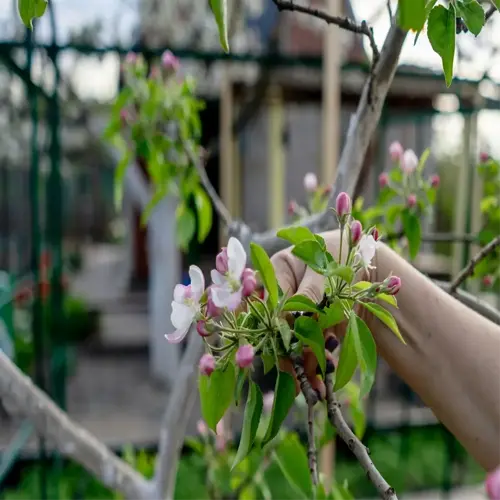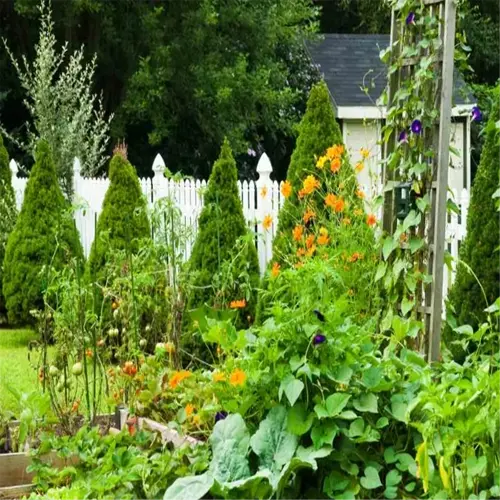What maintenance do self-watering pots require?

Written by
Kiana Okafor
Reviewed by
Prof. Charles Hartman, Ph.D.Containers with integrated watering systems can make caring for your plants come naturally, but require a little diligence to keep them operating well. A routine maintenance schedule can take care of clogging, mineral buildup, and rotting roots. These tasks can be done in just a few minutes a month but can save you hours of worrying over dead plants or an irrigation system that is fried. Ultimately, it's more about the habit than the complexity of the tasks.
Reservoir Cleaning
- Flush monthly with 1:3 white vinegar solution
- Scrub algae from walls using soft-bristle brush
- Rinse thoroughly to avoid pH imbalance
Wick Management
- Replace cotton wicks every 6 months
- Inspect glass fiber wicks annually for brittleness
- Trim frayed ends to maintain capillary action
Soil Care
- Refresh potting mix every 12-18 months
- Mix perlite into soil for better aeration
- Test drainage monthly with 1 cup water pour-through
Mineral deposits can be a frustration on ceramic or concrete pots. If this occurs, soak the affected areas in a solution of citric acid overnight, I like a tablespoon for each gallon. A client of mine had a $150 planter successfully restored after hard water had left some white chalky mineral residue on the inside of the pot, she used a citric acid solution. Be sure to wear gloves to protect your hands during treatment.
Seasons bring required adaptation. In the winter, I clear reservoirs of fish before freezing conditions with temperatures below 35°F (1.7°C) are anticipated. As for summer flow, I always check the overflow vents weekly due to rain from monsoons or hurricane remnants may flood the system. Where mosquitoes are a risk, I add "mosquito dunks" to standing water in humid areas to eliminate the larvae.
The materials used for wicks determine when to make a replacement. Cotton will degrade the quickest but cost the least of the wicking materials. Nylon blends will last but seem to struggle a bit more with organic nutrients. If you're growing a heavy feeder like tomatoes - I highly recommend glass fiber. It will hold its shape even when exposed to added fertilizer salts, so it won't clogged.
In the future, maintaining infrastructure may incorporate smart sensors and monitoring technologies. Prototypes are already under development to track water quality and alert users through their mobile phone applications. Early adopters could realistically automate approximately 80% of maintenance, but still, maintain the hands-off essence that makes self-watering pots so impressive today.
Read the full article: Ultimate Guide to Self Watering Containers

